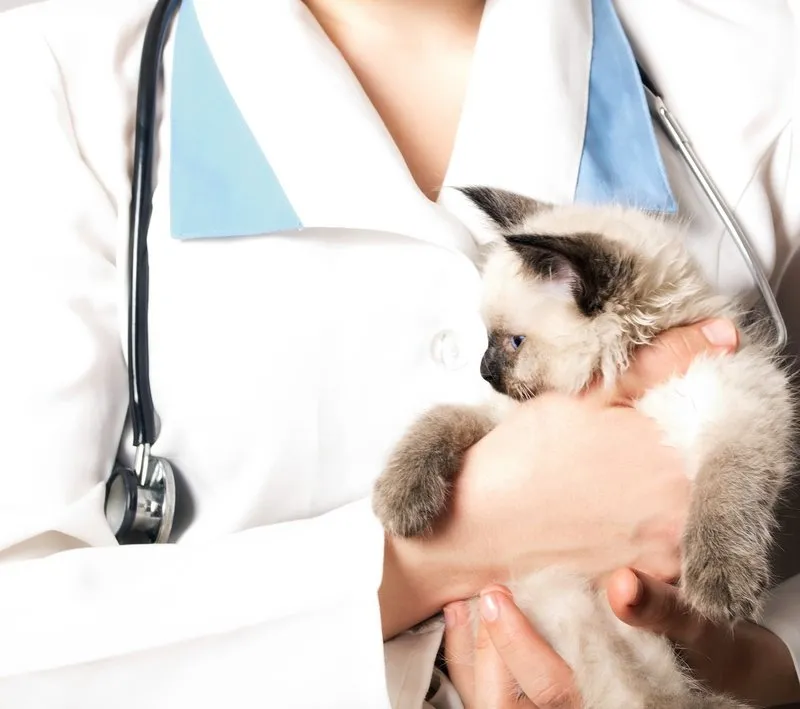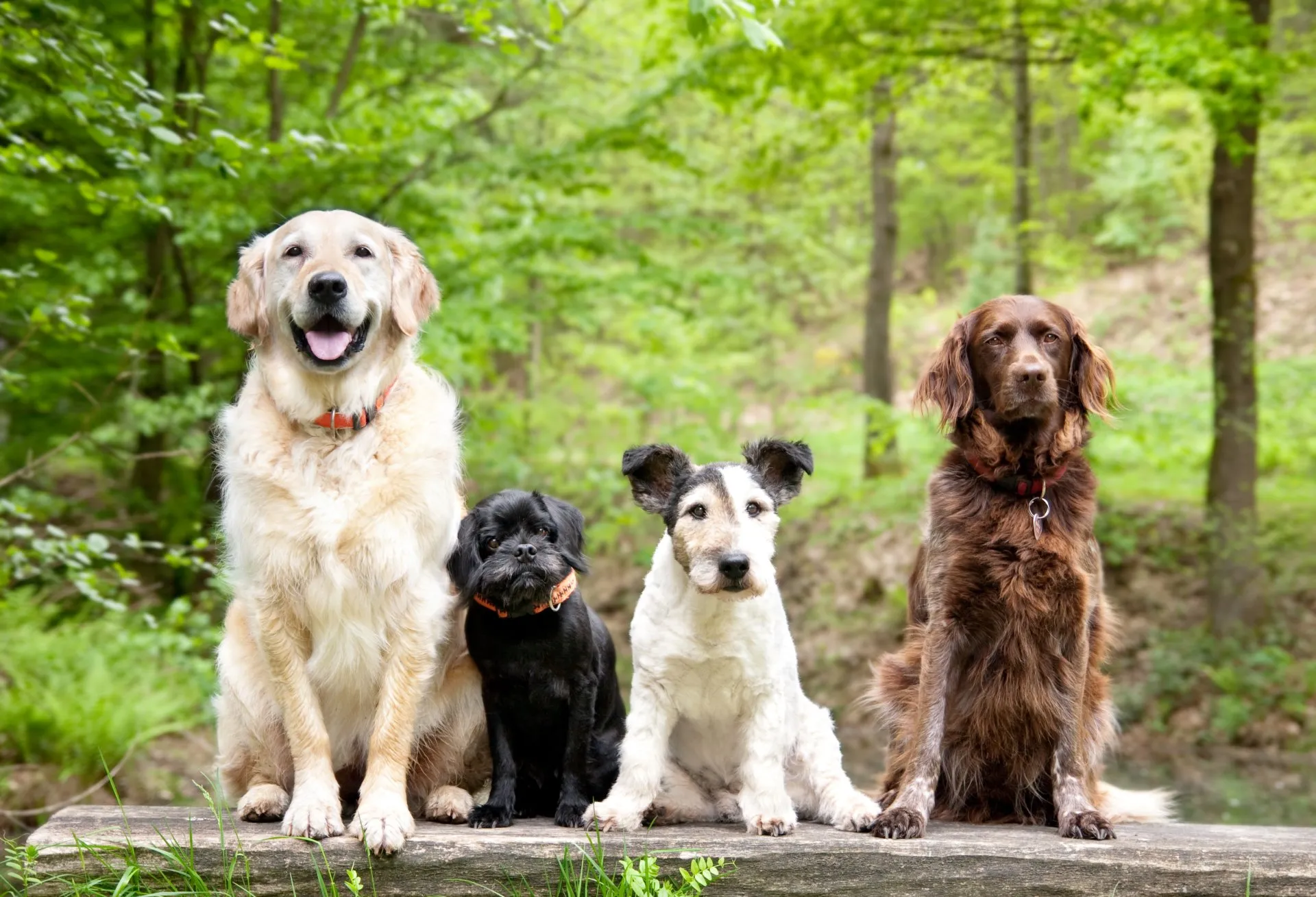Did you know that rabies is on the rise again in many places? Just the word “rabies” tends to conjure up some frightening images in the mind’s eye. Rabies is extremely dangerous: in fact, it’s the only disease with almost 100 percent fatality. Even worse: it’s a zoonotic disease, meaning that it can be transmitted from animals to humans, it’s particularly dangerous. Luckily, rabies risks are fairly low in the United States and many other parts of the world, thanks to modern vaccination and wild animal control measures. Still, you’ll want to take the proper precautions to make sure your pet stays safe. Here’s how:
Vaccinate your pet.
Your pet’s core vaccination group should include the rabies vaccine. This is your furry friend’s first–and potentially only–line of defense against the rabies virus. Puppies and kittens as young as three months old or so can receive the rabies vaccination at their initial exams. Your pet will also need booster shots every few years.
If your pet is in need of the rabies vaccination, or if you’re unsure whether or not your pet has already received this vaccine, call your vet’s office for help.
Supervise while outdoors.
The rabies virus is spread through the bite of an infected animal. Keep a close eye on your pet outdoors, and limit or prevent encounters with wild animals like raccoons or opossums. Keep your dog on a leash when you go on walks, and don’t let him roam off-leash. If you live in a wooded area or anywhere that wild animals may pass through, don’t let dogs or cats roam outside unsupervised.
Spay and neuter.
Having your pet spayed or neutered is also a good way to prevent the risk of the rabies virus. That’s because spaying and neutering reduces your pet’s urge to run off looking for love. Not only will you avoid the hassle and heartache of a lost pet, you won’t have to worry about them coming in contact with a wild animal that could potentially be rabid. Cat owners are also spared the sound of their kitty’s ‘singing.’
Watch for signs of illness.
Symptoms of rabies include loss of appetite, lethargy light and touch sensitivity, fever, and uncharacteristic aggressive behavior. More serious symptoms, such as seizures and paralysis can occur if the disease progresses. Tell your veterinarian immediately if you see any of these signs.
All things considered, the risk of rabies is very low for your pet. But make sure to take the right steps to keep it that way. Call your vet’s office in Carlisle, ON for help!




!Social Media Icons